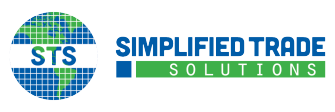To make the index, nations are measured along four pillars.
- trade: merchandise and services
- capital: foreign direct investment and portfolio equity
- information: international internet bandwidth, telephone call minutes and trade in printed publications
- people: foreign born population, tourists and number of international students
Using these measures, DHL concludes that Europe is the world’s most globally connected region with nine of the ten most connected countries. European countries average the highest scores with regard to trade and
people flows. North America leads in capital and information flows.
Nonetheless, the most remarkable change is occurring outside of the advanced economies in Europe and North America. Emerging economies are now involved in a majority of international transactions. The ten countries where global connectedness increased the most in the last few years are all outside of the West. However, emerging economies still lag in terms of international capital, information, and flows of people. Latin American countries experienced some of the largest average increases in global connectedness; the Middle East and North Africa, the greatest decline.
Physical distance between countries is becoming less of a factor in connectivity, a reversal of the long-term trend of trade regionalization. In fact, all international trade, capital, information, and people flow took place over a greater distance than that of a decade ago.
DHL states that although global connectivity increased since its last report, trade growth is sluggish, capital flows have yet to recover to pre-2008 economic crisis levels, and that the overall depth of global connectedness remains limited. There is still plenty of potential in the international economy. Read the whole report here.
Below are countries listed by their level of globalization, ranked by their score on DHL’s “Global Connectedness Index.”

